

Articles
How To Store Cooked Crab Legs
Modified: February 28, 2024
Learn how to store cooked crab legs with these helpful articles. Find the best methods for keeping your crab legs fresh and delicious for longer.
(Many of the links in this article redirect to a specific reviewed product. Your purchase of these products through affiliate links helps to generate commission for Storables.com, at no extra cost. Learn more)
Introduction
Crab legs are a delicious and sought-after seafood delicacy that many people enjoy. Whether you’ve just enjoyed a sumptuous crab feast or have leftovers from a special occasion, knowing how to store cooked crab legs properly is essential to maintain their freshness and flavor.
When it comes to storing cooked crab legs, there are a few best practices to keep in mind. These practices will help preserve the quality of the crab legs and ensure they remain safe to eat. In this article, we will explore the different methods you can use to store and preserve cooked crab legs, as well as provide tips on reheating them to enjoy at a later time.
So, let’s dive in and learn how to store cooked crab legs effectively!
Note: It is important to mention that cooked crab legs should be stored promptly after they have been cooked and cooled down to room temperature to ensure food safety.
Key Takeaways:
- Store cooked crab legs in airtight containers or freezer bags, and label with the date to maintain freshness. Refrigerate for short-term storage or freeze for long-term preservation, ensuring proper temperature and handling.
- Reheat stored cooked crab legs by steaming, oven heating, or microwaving, and enhance flavor with melted butter and seasonings. Enjoy the delightful taste while practicing food safety guidelines for optimal dining experience.
Read more: How To Store Uncooked Crab Legs
Best Practices for Storing Cooked Crab Legs
Proper storage is crucial in maintaining the quality and flavor of cooked crab legs. Here are some best practices to follow:
- Handle with care: When handling cooked crab legs, use clean utensils and avoid dropping or crushing them. The delicate meat can easily break apart, leading to a loss of flavor and texture.
- Cool down before storage: Allow the cooked crab legs to cool down to room temperature before storing. This helps prevent condensation and the growth of bacteria.
- Separate the legs: If possible, separate the crab legs into individual sections. This makes it easier to store and thaw only what you need, reducing waste.
- Use airtight containers or freezer bags: Store cooked crab legs in airtight containers or heavy-duty freezer bags. This helps prevent freezer burn and keeps the crab legs fresh.
- Label and date: To keep track of the storage time, label the containers or bags with the date of storage. This ensures you can use the crab legs within a reasonable timeframe.
- Keep away from strong odors: Crab legs can absorb odors from other foods, so store them away from strong-smelling items in the refrigerator or freezer.
Following these best practices will help maintain the quality and safety of your cooked crab legs, allowing you to enjoy them at their best when you’re ready to consume them.
Method 1: Refrigerating Cooked Crab Legs
Refrigerating cooked crab legs is a convenient method for short-term storage. Here’s how to do it:
- Allow the cooked crab legs to cool down to room temperature before refrigerating.
- Wrap the crab legs tightly in plastic wrap or place them in an airtight container.
- Label the container with the date of refrigeration.
- Store the crab legs in the coldest part of the refrigerator, such as the back of the lower shelves.
- Ensure that the refrigerator temperature is set to or below 40°F (4°C) to maintain food safety.
When properly refrigerated, cooked crab legs can typically last for 2-3 days before their quality starts to decline. It’s important to consume them within this timeframe to enjoy their freshness and flavor.
Note: It is crucial to check for any signs of spoilage, such as an off smell or slimy texture, before consuming refrigerated crab legs. If you notice any signs of spoilage, discard them immediately.
Refrigerating cooked crab legs is an ideal option if you plan to consume them within a few days. However, if you’re looking for a longer storage solution, freezing is a better choice.
Method 2: Freezing Cooked Crab Legs
Freezing cooked crab legs is an excellent method for long-term storage. Follow these steps to freeze crab legs:
- Allow the cooked crab legs to cool down to room temperature.
- Wrap each crab leg individually with plastic wrap or aluminum foil to prevent freezer burn.
- Place the wrapped crab legs in a heavy-duty freezer bag, squeezing out any excess air. Alternatively, you can use a vacuum-sealed bag for better protection.
- Label the bag with the date of freezing.
- Ensure that the freezer temperature is set to 0°F (-18°C) or below for optimal storage.
When properly frozen, cooked crab legs can remain safe to eat for up to 3 months. However, for the best quality, it is recommended to consume them within 1-2 months of freezing.
Tip: If you plan to use individual crab legs rather than the entire batch, consider freezing them in portion sizes for easier thawing and convenience.
To thaw frozen crab legs, you have a couple of options:
- Refrigerator thawing: Place the frozen crab legs in the refrigerator and let them thaw slowly overnight or for approximately 24 hours. This method ensures a gradual thaw without compromising the texture.
- Cold water thawing: If you need to thaw the crab legs more quickly, you can submerge them in a sealed plastic bag in a bowl of cold water. Change the water every 30 minutes until the crab legs are thawed. It is important to cook the crab legs immediately after thawing using this method.
Once thawed, cooked crab legs should be consumed immediately. Do not refreeze them as it can affect the texture and quality of the meat.
Now that you know how to properly freeze and thaw cooked crab legs, you can enjoy them at your convenience, even long after they were initially cooked.
Store cooked crab legs in an airtight container in the refrigerator for up to 3 days. To maintain freshness, place a damp paper towel over the crab legs before sealing the container.
Method 3: Vacuum Sealing Cooked Crab Legs
Vacuum sealing is an excellent method for storing cooked crab legs, as it helps extend their shelf life and preserve their flavor and texture. Here’s how to vacuum seal cooked crab legs:
- Allow the cooked crab legs to cool down to room temperature.
- Using a vacuum sealing system, place the crab legs in a vacuum bag specifically designed for freezing.
- Seal the bag according to the manufacturer’s instructions, ensuring it is tightly sealed to prevent air from entering.
- Label the bag with the date of vacuum sealing.
- Store the vacuum-sealed crab legs in the freezer.
Vacuum sealing helps maintain the quality of cooked crab legs for an extended period. When stored in a properly sealed vacuum bag and frozen at a temperature of 0°F (-18°C) or below, cooked crab legs can stay fresh for up to 6 months.
Note: It is essential to handle the vacuum-sealed crab legs with care as the shells can become brittle after freezing. Avoid dropping or crushing the bags to maintain the integrity of the crab legs.
To thaw vacuum-sealed cooked crab legs, follow the same thawing methods as mentioned in the freezing method section – refrigerator thawing or cold water thawing.
Vacuum-sealed cooked crab legs retain their flavor and texture exceptionally well, making them an excellent option for those who want to enjoy the taste of fresh crab legs even months after they were cooked.
Tip: If you plan to vacuum seal individual crab legs, wrap each leg in plastic wrap before vacuum sealing. This helps prevent the legs from sticking together during freezing and makes it easier to thaw and use only what you need.
Now that you know how to vacuum seal cooked crab legs, you can keep them fresh and flavorful for an extended period, perfect for enjoying a taste of the sea anytime you desire.
Read more: How To Store Crab Legs
Tips for Maintaining Freshness and Quality
To ensure the freshness and quality of your stored cooked crab legs, consider the following tips:
- Proper storage temperature: Whether refrigerating or freezing, maintaining the correct temperature is crucial. Ensure your refrigerator is set to or below 40°F (4°C), and the freezer is set to 0°F (-18°C) or below.
- Airtight containers: Whether using plastic wrap, airtight containers, or vacuum-sealed bags, make sure your storage method provides a tight seal to prevent air and moisture from getting in.
- Labeling and dating: Always label the containers or bags with the date of storage. This helps you keep track of the storage time and ensures you consume the crab legs within a reasonable timeframe.
- Avoid frequent thawing and refreezing: To maintain the quality of cooked crab legs, try to avoid frequent thawing and refreezing. This can affect the texture and flavor of the meat.
- Shield from strong odors: Store cooked crab legs away from strong-smelling foods in the refrigerator or freezer to prevent the absorption of unwanted flavors or odors.
- Regularly check for spoilage: Before consuming stored crab legs, always check for any signs of spoilage, such as a foul smell, slimy texture, or discoloration. If you notice any of these signs, discard the crab legs immediately to avoid foodborne illness.
By following these tips, you can ensure that your stored cooked crab legs maintain their freshness, flavor, and quality for an extended period. This will allow you to enjoy delicious crab legs whenever you’re in the mood for a seafood treat.
How to Reheat Stored Cooked Crab Legs
When you’re ready to enjoy your stored cooked crab legs, it’s important to reheat them properly to maintain their flavor and texture. Here’s how to do it:
- Thawing: If your crab legs are frozen, thaw them first before reheating. You can thaw them in the refrigerator overnight or by using the cold water thawing method mentioned earlier.
- Steaming: Steaming is one of the best methods to reheat cooked crab legs. Fill a pot with a few inches of water and bring it to a boil. Place a steaming rack or steamer basket inside the pot, ensuring it doesn’t touch the water. Arrange the crab legs on the rack and cover the pot with a lid. Steam the crab legs for about 5-7 minutes until they are heated thoroughly.
- Oven heating: Preheat your oven to 350°F (175°C). Wrap the crab legs loosely in aluminum foil, creating a packet to hold in the steam. Place the foil-wrapped crab legs on a baking sheet and heat in the oven for 10-15 minutes until they are warmed throughout.
- Microwave heating: If you’re short on time, you can use a microwave to reheat crab legs. Place the crab legs on a microwave-safe plate and cover them with a damp paper towel. Microwave on high for about 2-3 minutes, checking periodically for doneness. Be careful not to overcook the crab legs, as they can become rubbery.
Tip: Regardless of the reheating method you choose, you can brush the crab legs with melted butter or a mixture of butter and your favorite seasonings to enhance their flavor before reheating.
Once the crab legs are reheated, serve them with melted butter, lemon wedges, and your favorite dipping sauces for a delightful seafood feast.
Note: It is important to consume reheated crab legs immediately after reheating. Avoid reheating them multiple times, as this can affect the texture and quality of the meat.
Now you know how to reheat your stored cooked crab legs properly, allowing you to savor their delicious taste once again.
Conclusion
Storing cooked crab legs properly is essential to preserve their freshness, flavor, and quality. Whether you choose to refrigerate, freeze, or vacuum seal your crab legs, following the recommended methods will ensure that you can enjoy them at a later time without compromising taste or safety.
Refrigerating cooked crab legs is an excellent option for short-term storage, typically lasting 2-3 days. Freezing and vacuum sealing are ideal for long-term storage, with frozen crab legs staying fresh for up to 3 months and vacuum-sealed crab legs for up to 6 months.
When reheating stored cooked crab legs, steaming, oven heating, or microwave heating are the best methods to maintain their flavor and texture. Just remember to thaw them before reheating and consume them immediately after reheating to ensure the best dining experience.
By following these storage and reheating techniques, you can enjoy the delightful taste of crab legs even after they’ve been cooked. So next time you have leftover cooked crab legs or want to store them for future use, use these methods to keep them fresh and ready for your enjoyment.
Note: It’s important to practice proper food safety guidelines when handling and storing cooked crab legs. Always check for signs of spoilage and discard any crab legs that appear to be spoiled or have an off smell, slimy texture, or discoloration. When in doubt, it’s better to be safe than sorry.
Now, armed with these tips and methods, go ahead and store your cooked crab legs with confidence, ensuring that every bite is as scrumptious as the first time you enjoyed them!
Frequently Asked Questions about How To Store Cooked Crab Legs
Was this page helpful?
At Storables.com, we guarantee accurate and reliable information. Our content, validated by Expert Board Contributors, is crafted following stringent Editorial Policies. We're committed to providing you with well-researched, expert-backed insights for all your informational needs.
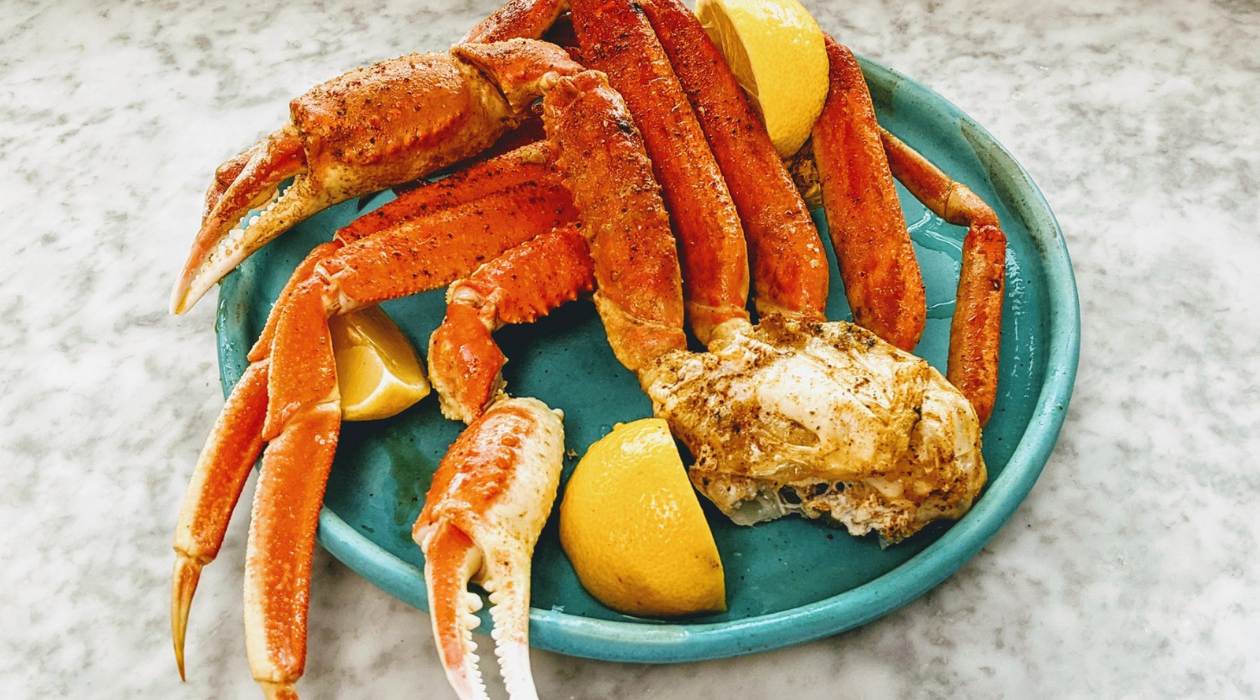
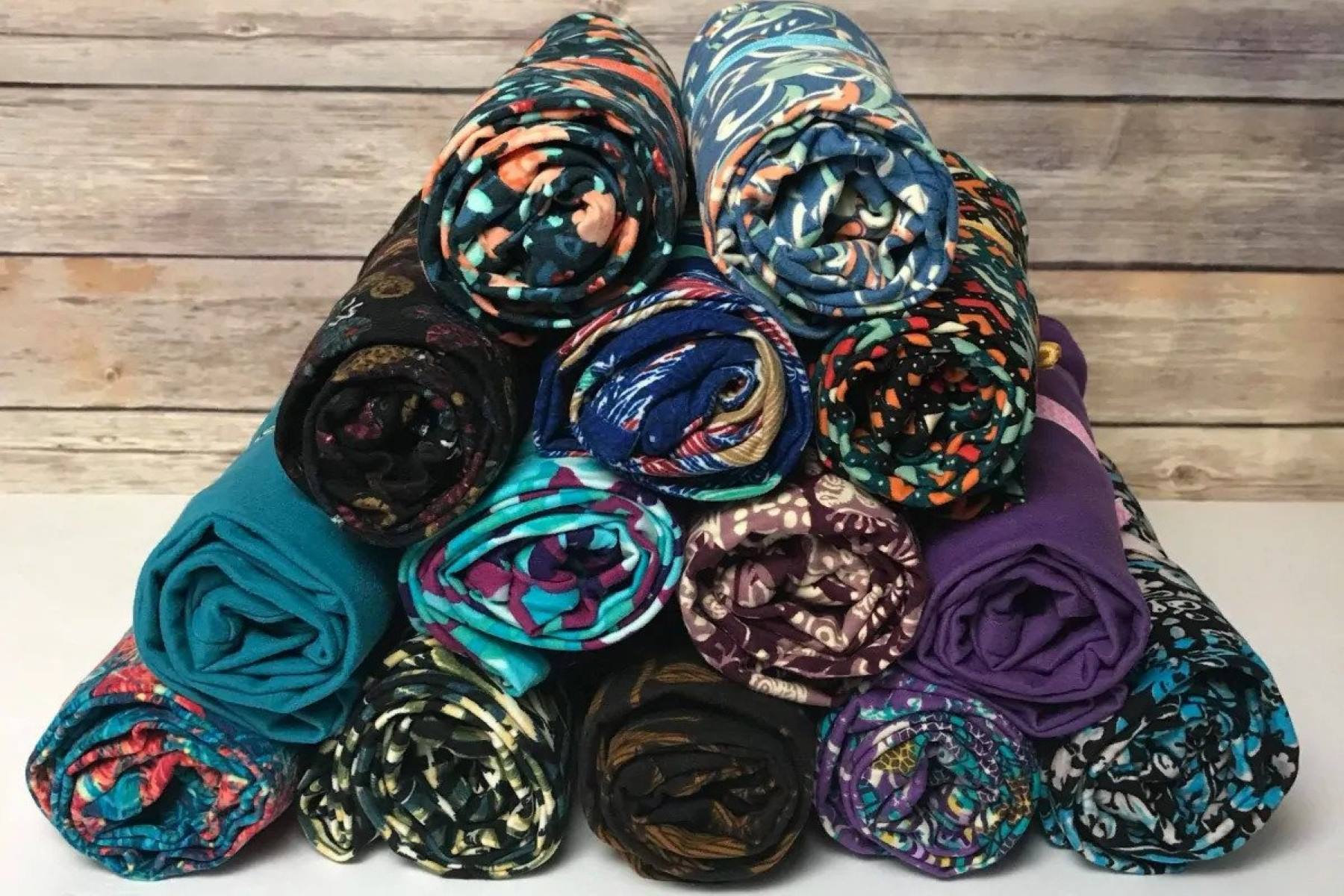
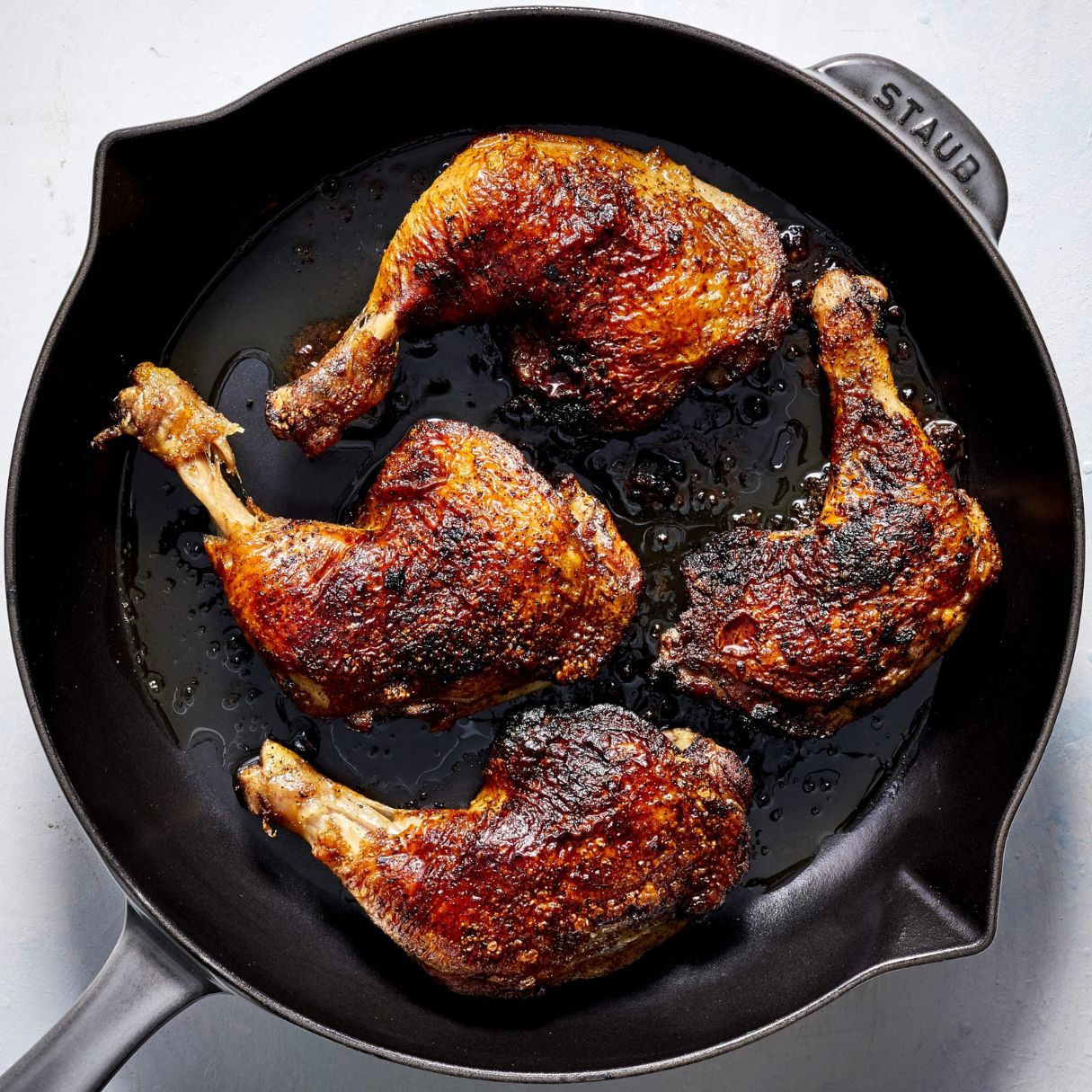
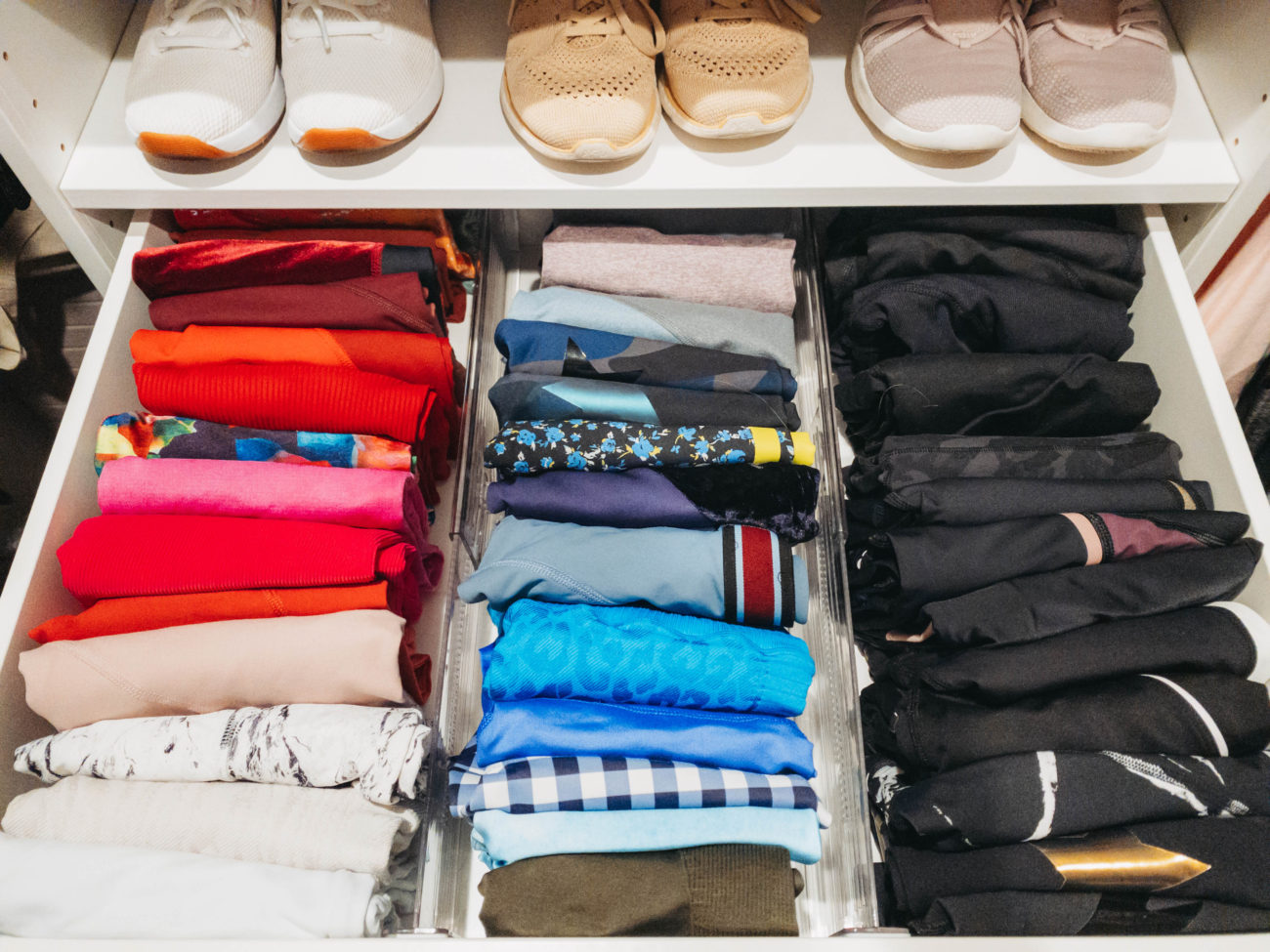

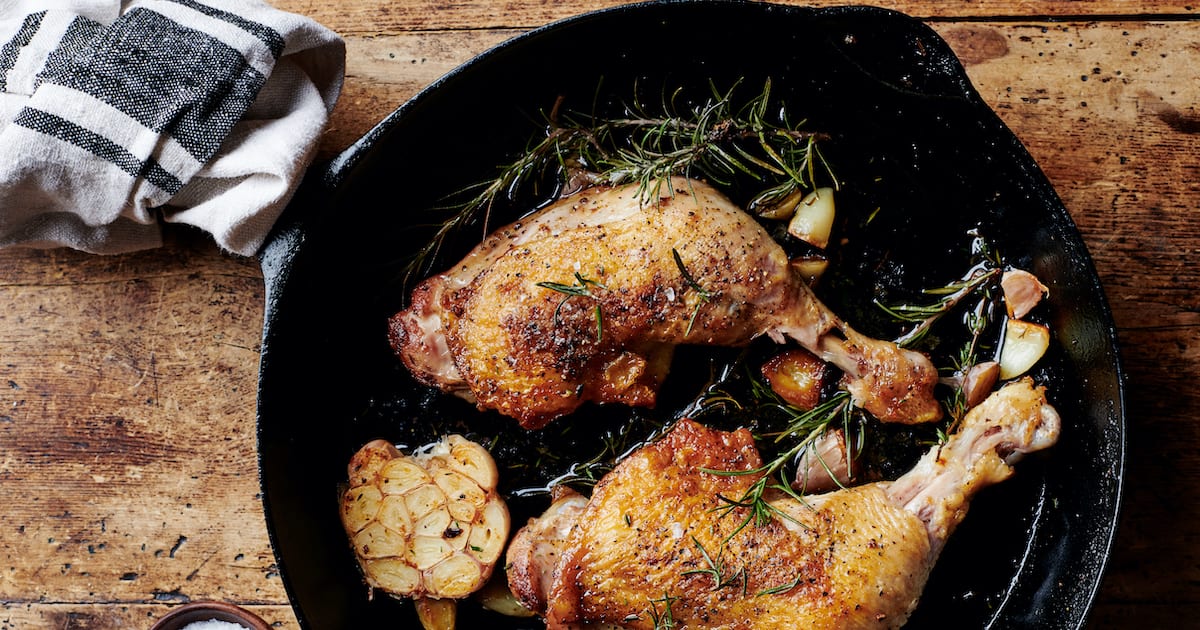
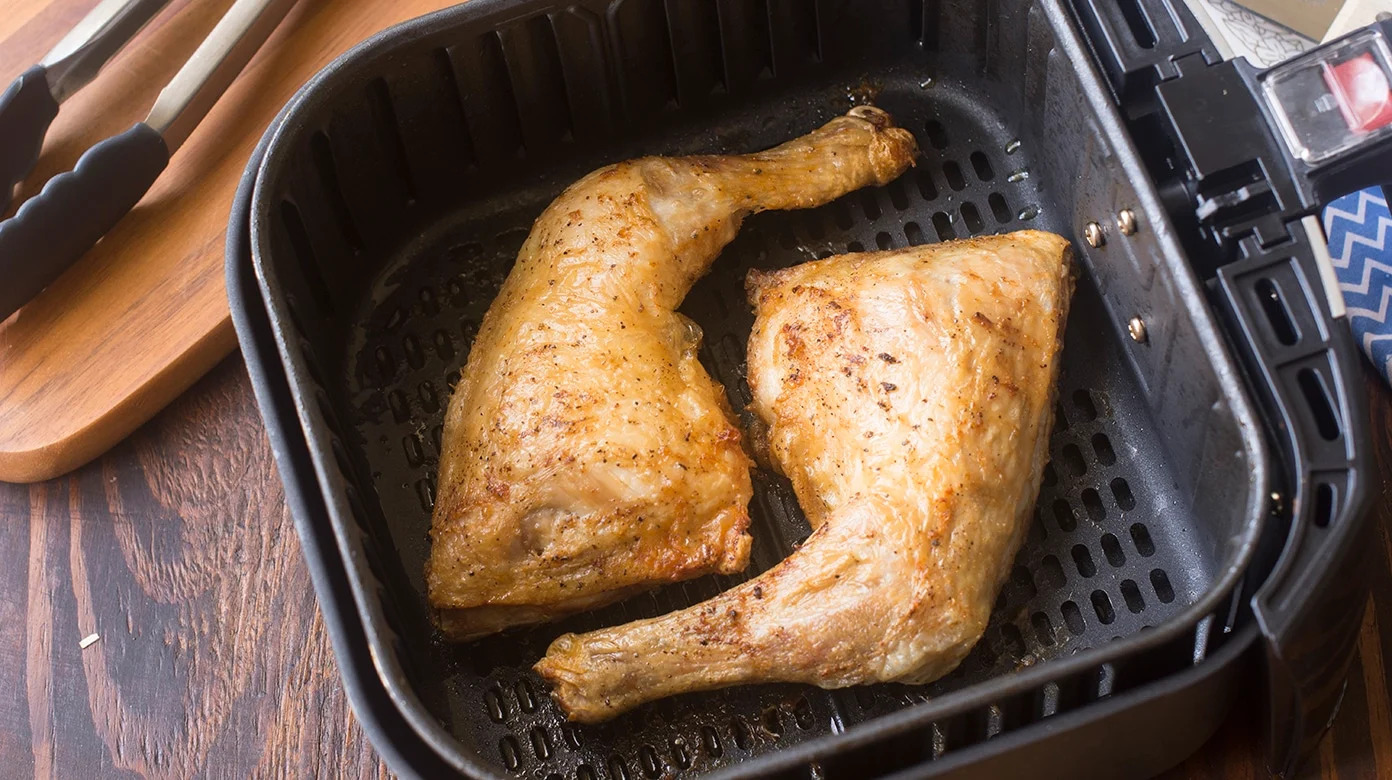
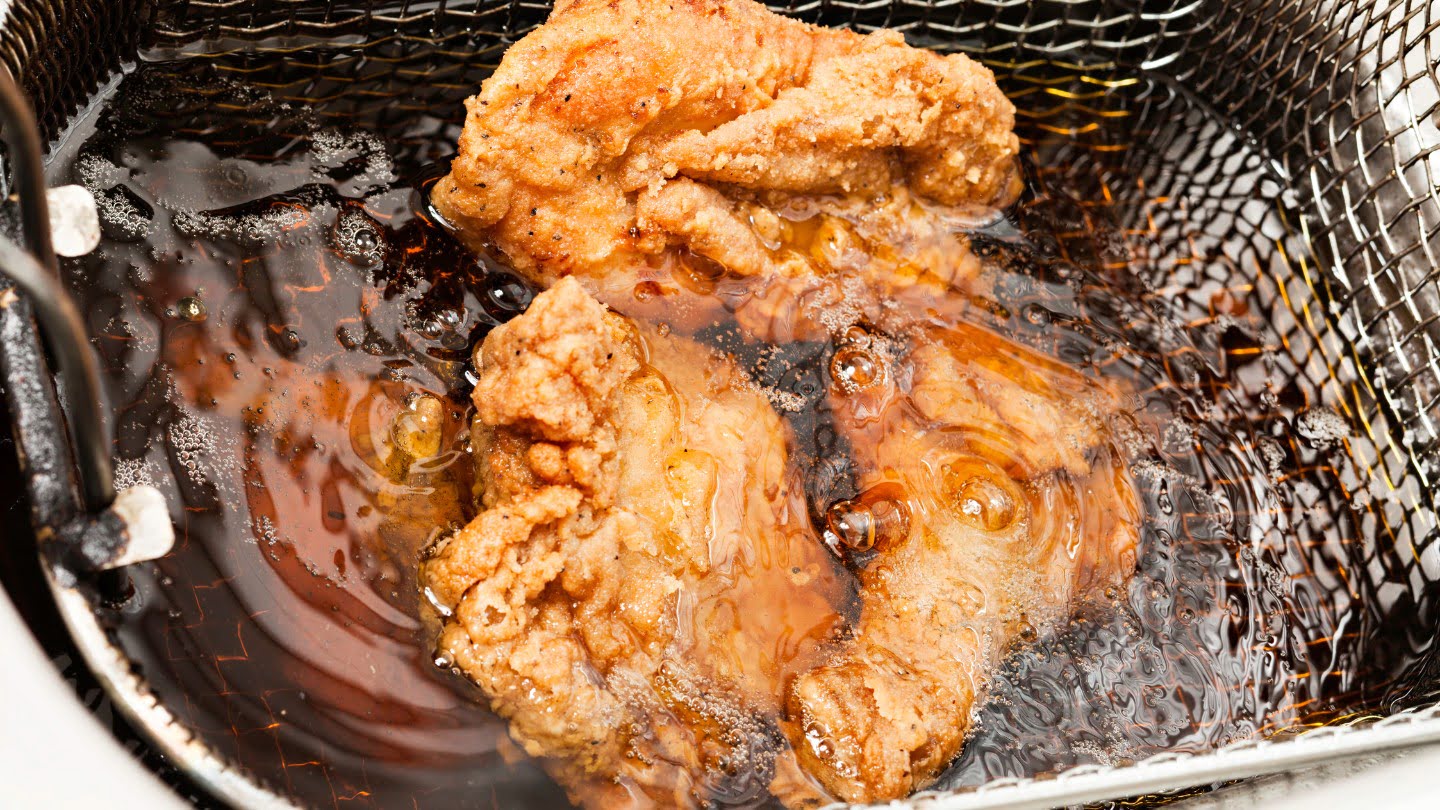
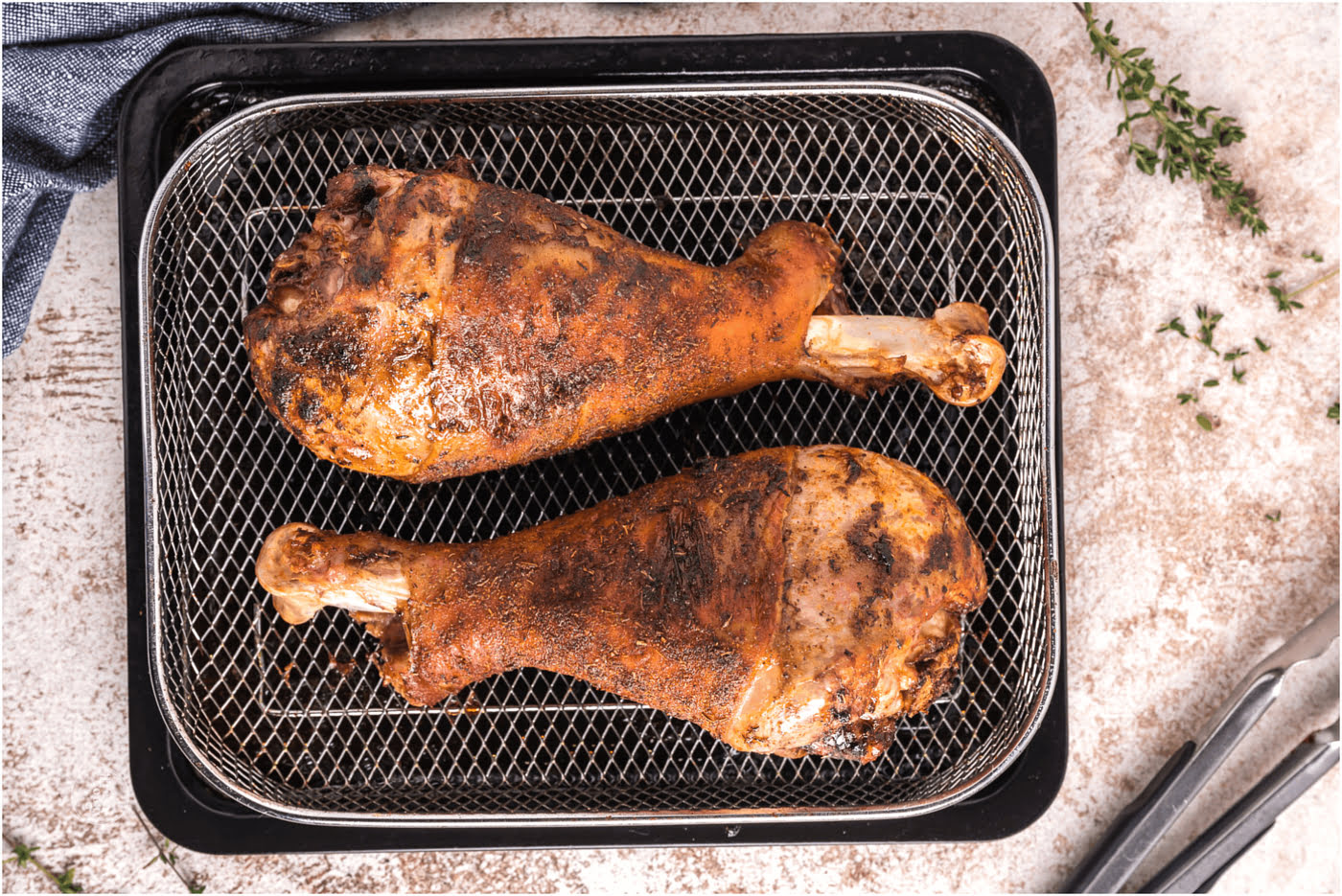
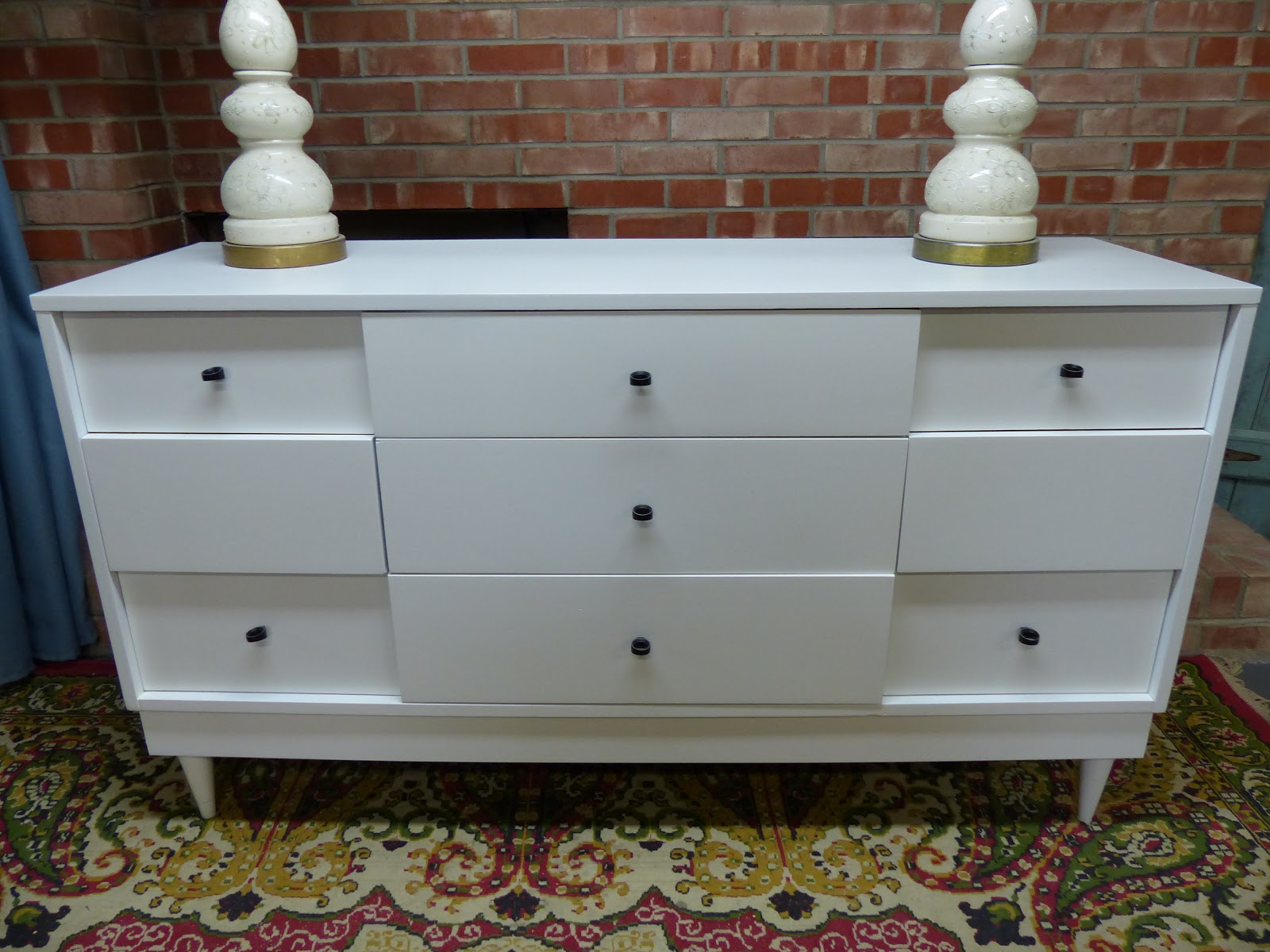
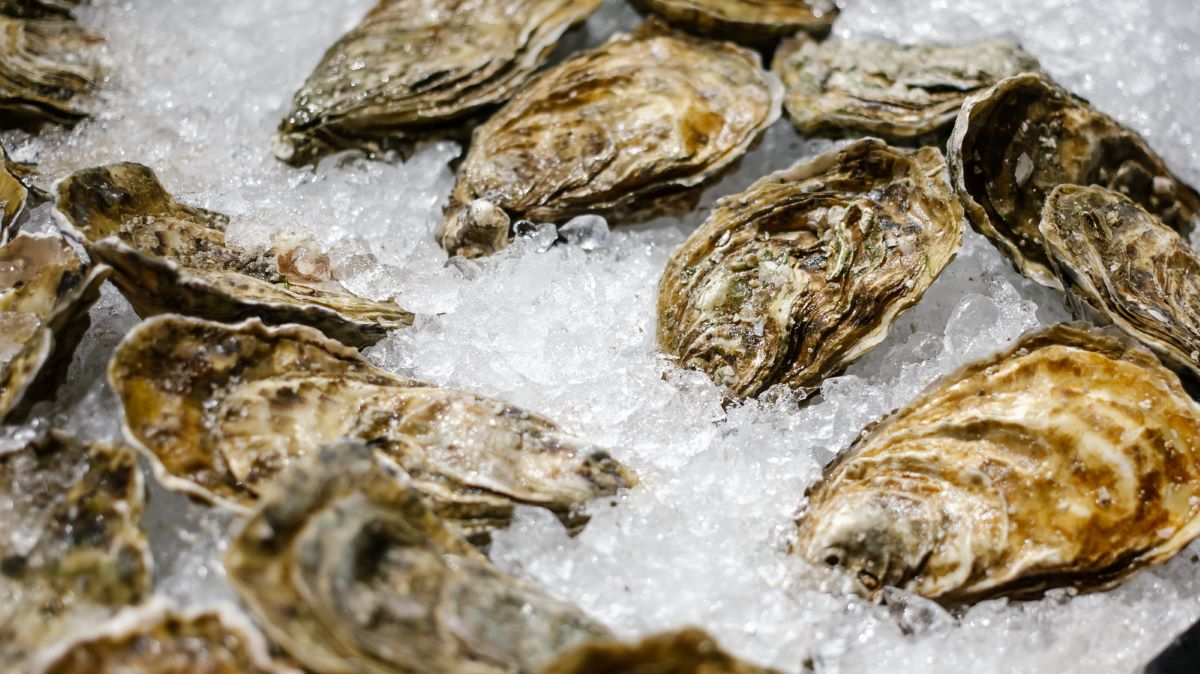
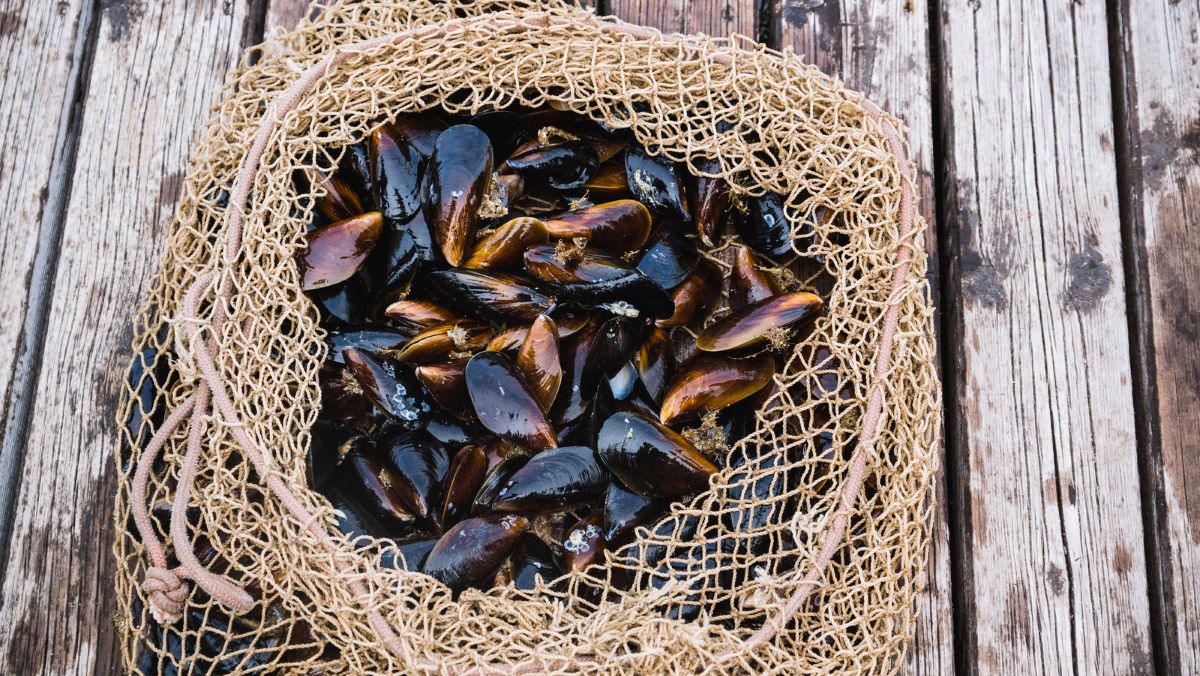
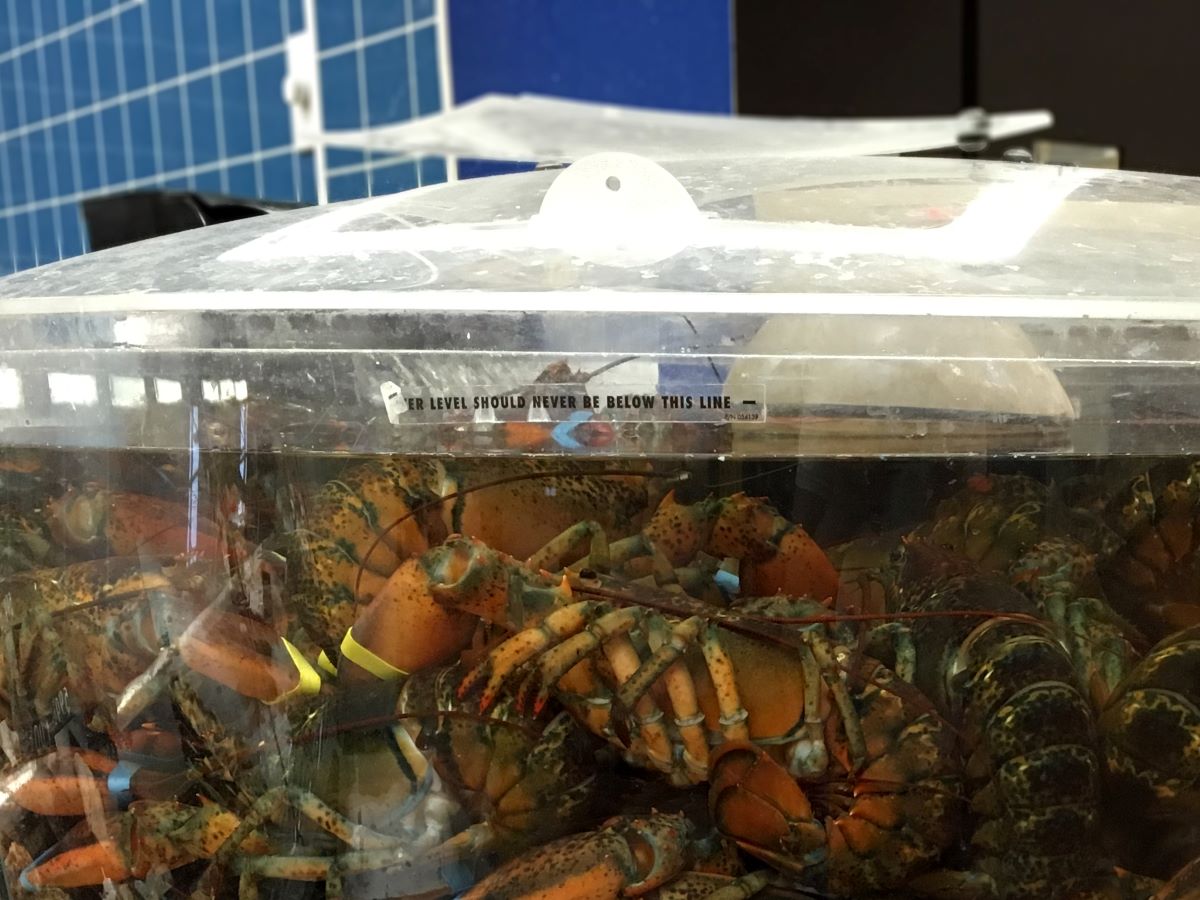
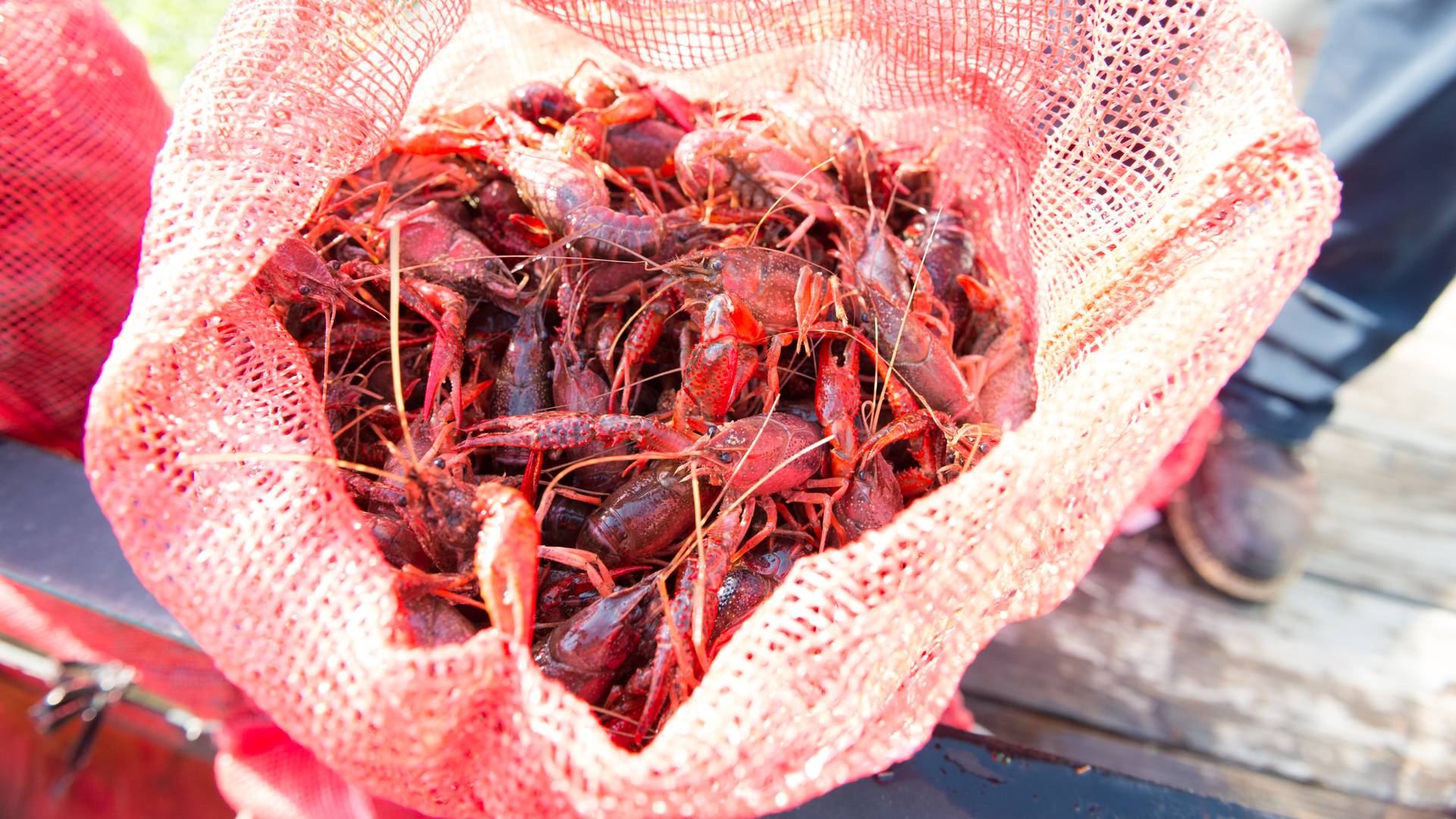

0 thoughts on “How To Store Cooked Crab Legs”